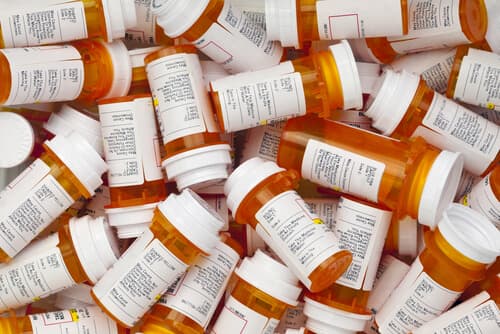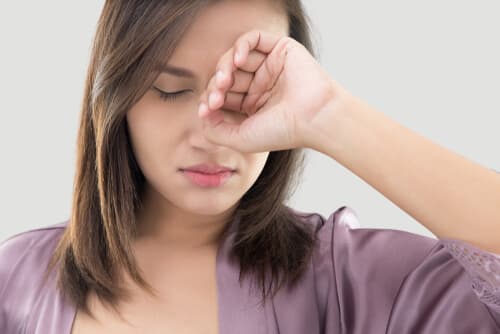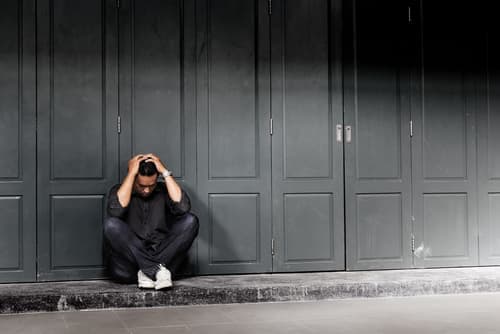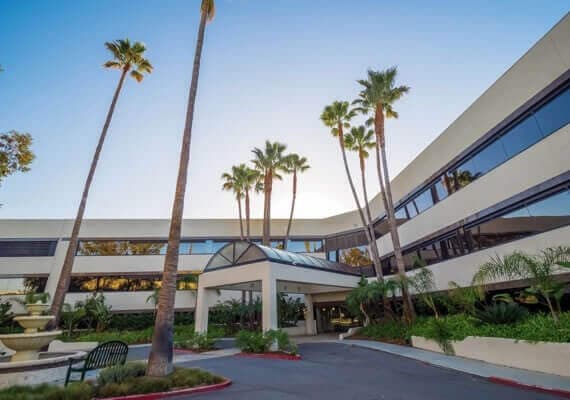Opioid Use Disorders & Treatment
About Opioid Misuse
Treatment Programs
What Are Opioids?
Opioids are a class of drugs derived from the poppy plant. Some opioids are made from the plant directly while others are synthesized in a lab using the same chemical structure.1–3
Doctors prescribe opioids for their pain-relieving properties, but opioids can also induce feelings of relaxation and euphoria. Regular misuse, especially at high doses, can reinforce continued use, which may result in addiction and an increased risk of overdose.3,8
Opioids include both legal medications and illicit substances such as:
- Heroin, an illegal and very addictive opioid derived from morphine.1
- Fentanyl, an extremely potent synthetic opioid prescribed for severe pain (such as severe post-surgical pain) but also produced illegally and sold on the street or added to other illicit drugs.4
- Prescription painkillers, such as oxycodone (OxyContin), hydrocodone (Norco), morphine, codeine, and tramadol.2,3
All opioids are controlled substances, emphasizing their high potential for misuse and dependence.3

Effects of Opioids
Opioids work by binding to and activating opioid receptors in the brain and central nervous system to decrease a person’s perception of pain. They also slow breathing and can produce pleasurable feelings such as relaxation and euphoria.8,9
When they bind to opioid receptors concentrated in the brain’s reward pathway, they also cause a surge of dopamine, a neurotransmitter associated with the repetition of pleasurable and important activities. The pleasurable effects of opioids and the surge of dopamine they cause can promote repeated drug-taking and contribute to the drug’s high abuse potential.3,8,10

Opioid Overdose Dangers
Signs of an Opioid Overdose
The three typical symptoms of an opioid overdose are known as the “opioid overdose triad.” They are:14,15
- Extremely small (pinpoint) pupils.
- Significantly decreased level or loss of consciousness.
- Slowed, difficult, or no breathing.
An overdose is an emergency. If you think you or someone else is experiencing an overdose, call 911 immediately.
Other signs and symptoms of an opioid overdose include:16,17
- Choking or gurgling noises.
- Skin that appears pale or blue or feels cold.
- Limp body.
- Weak or absent pulse.
- Low blood pressure.
- Extreme drowsiness.
- Profound confusion (delirium).
The effect of opioids on a person’s breathing is what makes overdose on these drugs so dangerous. The lack of adequate respiration can lead to hypoxia, a condition where not enough oxygen gets to the brain. This can quickly lead to permanent brain damage, coma, or death.8
An opioid overdose may often be reversed if a person acts quickly by calling emergency services and administering naloxone, a drug that can reverse symptoms of an opioid overdose, if they have it on hand.15 Learn all about naloxone and how to find it in Orange County.
Opioid Overdose Risk Factors
Opioid overdose can occur when opioids are taken in high enough doses that the body experiences life-threatening symptoms.8
The risk of overdose is increased in opioid users who:13,15,18
- Continually increase their dose.
- Use painkillers without medical supervision.
- Inject opioids.
- Return to using opioids after having stopped for an extended time period.
- Combine opioids with alcohol or other drugs that slow breathing (e.g., benzodiazepines, barbiturates, or sleep aids such as Ambien).
- Have comorbid medical and/or psychological conditions.
- Have experienced a prior overdose.
While the above risk factors indicate who may be more vulnerable to overdose, anyone who uses opioids is at risk, and the risk increases with misuse, especially with the rising presence of super-potent synthetic opioids such as fentanyl being added to counterfeit pills, heroin, and other illicit drugs.5,9
Opioid Dependence and Withdrawal
Over time, consistent use of opioids can lead to a person becoming dependent on them to feel well and avoid withdrawal symptoms. Dependence is a normal consequence of the body adapting to continued opioid use and is not necessarily a sign of an opioid use disorder or addiction.3
Cutting back significantly or quitting opioids altogether results in physical and psychological withdrawal symptoms in those who have become opioid-dependent. The severity of these withdrawal symptoms can be influenced by several factors such as the specific opioid(s) used, how long and how often they were used, the individual’s general health, and other drugs or medications a person regularly uses.3

Treatment for Opioid Addiction
Addiction is a far-reaching disorder affecting the brain. Opioid addiction, which is diagnosed by doctors as opioid use disorder, is marked by the inability to control opioid use, even after they have caused significant harm in one or more areas of a person’s life.8,21
Addiction is a disorder that, while not curable, can be effectively treated and managed. When in the midst of an opioid addiction, it’s easy to feel that there is no hope or that you’ll be stuck in a cycle of compulsive use forever. This is not true. Treatment works, and there is hope.22
Even if someone has tried rehab in the past and gone back to opioid use, they can still recover. Relapse is a common part of the recovery process, and it may take several attempts to achieve lasting recovery. If you’ve relapsed, you may need an adjustment in your treatment plan.22,23

Opioid Rehab in Orange County
Laguna Treatment Center is a medical detox and rehab facility in Orange County, CA, that provides professional, evidence-based care for anyone struggling with opioid addiction.
Our facility offers various levels of substance abuse treatment, including medical detox, inpatient treatment, and aftercare planning.
Call to start the admissions process or learn more about using insurance to cover the cost of addiction treatment, other rehab payment options, and what to expect in rehab.
When you’re ready, we are here to help you get the care you deserve and begin the path to recovery.



